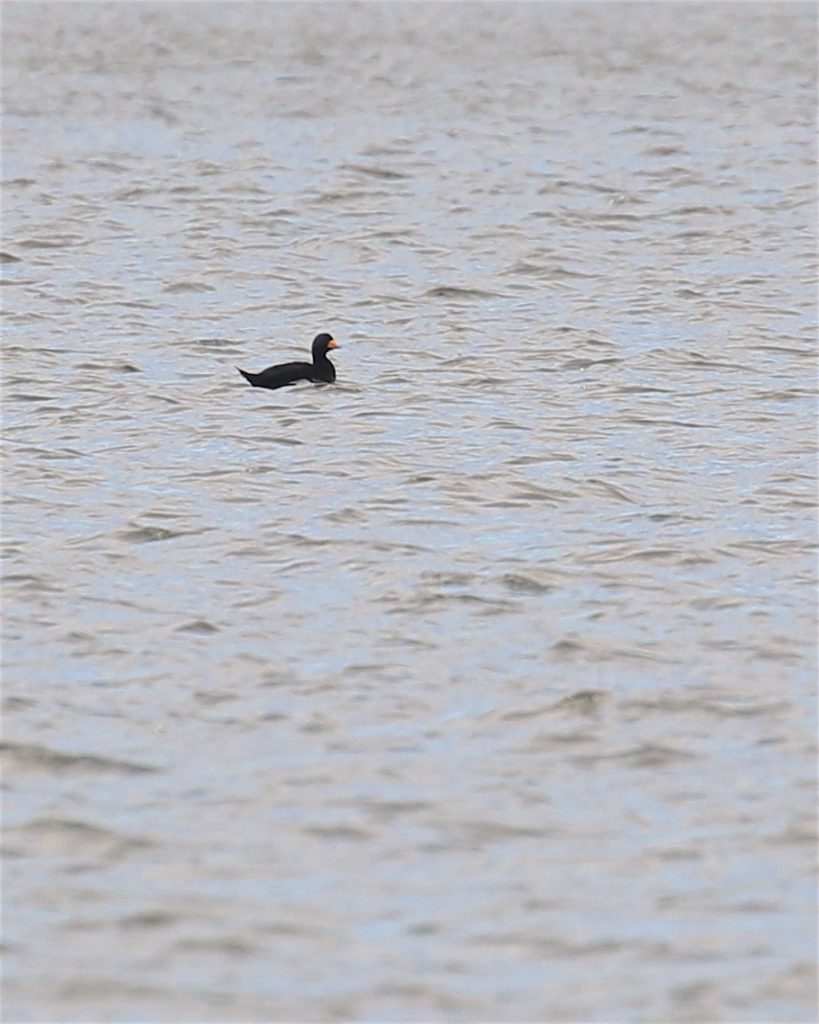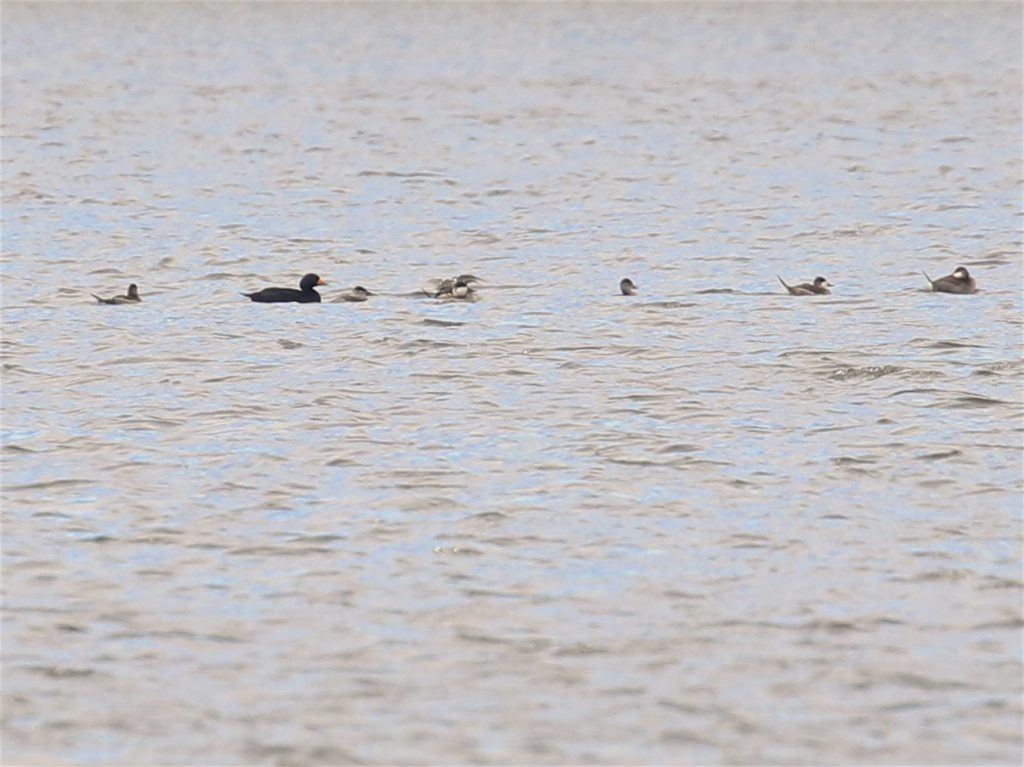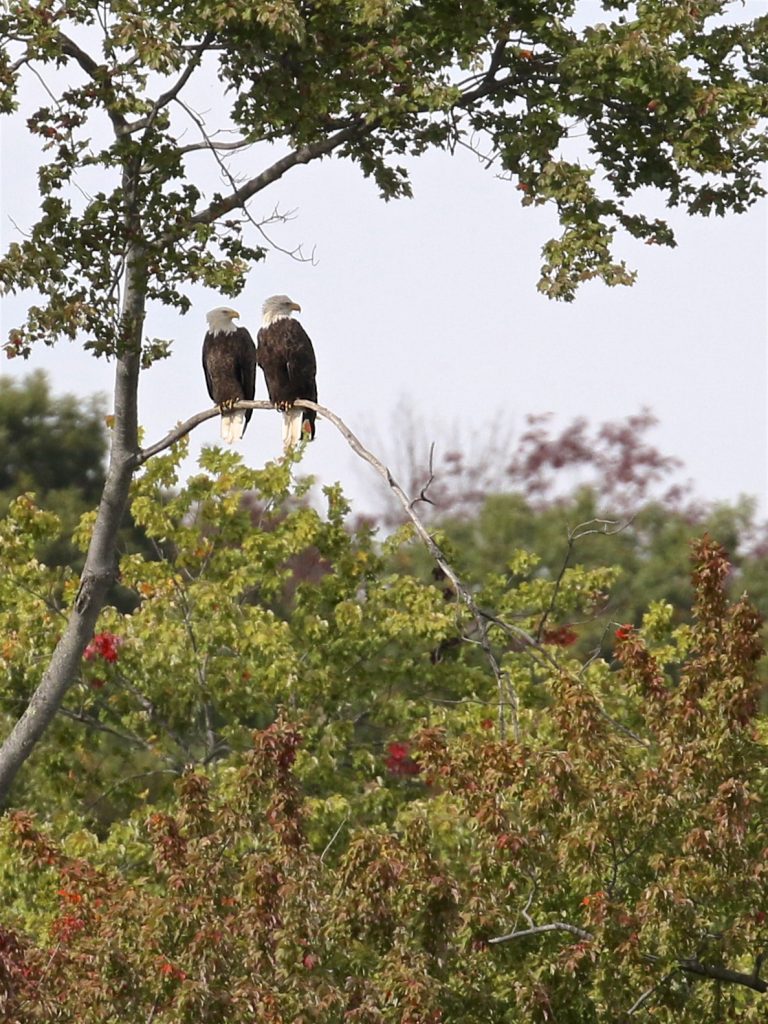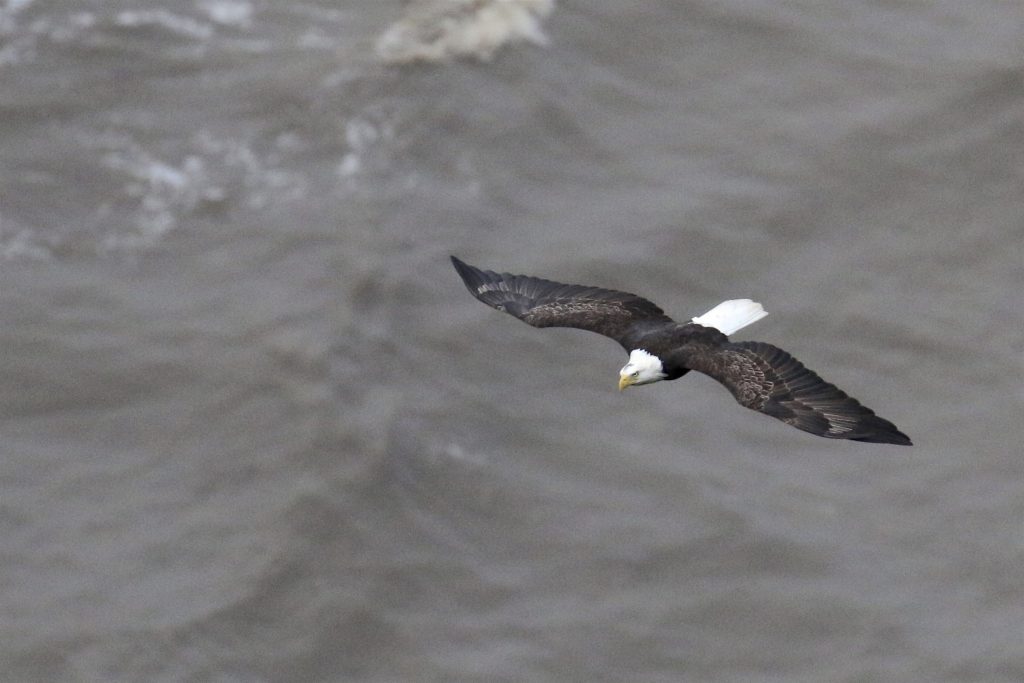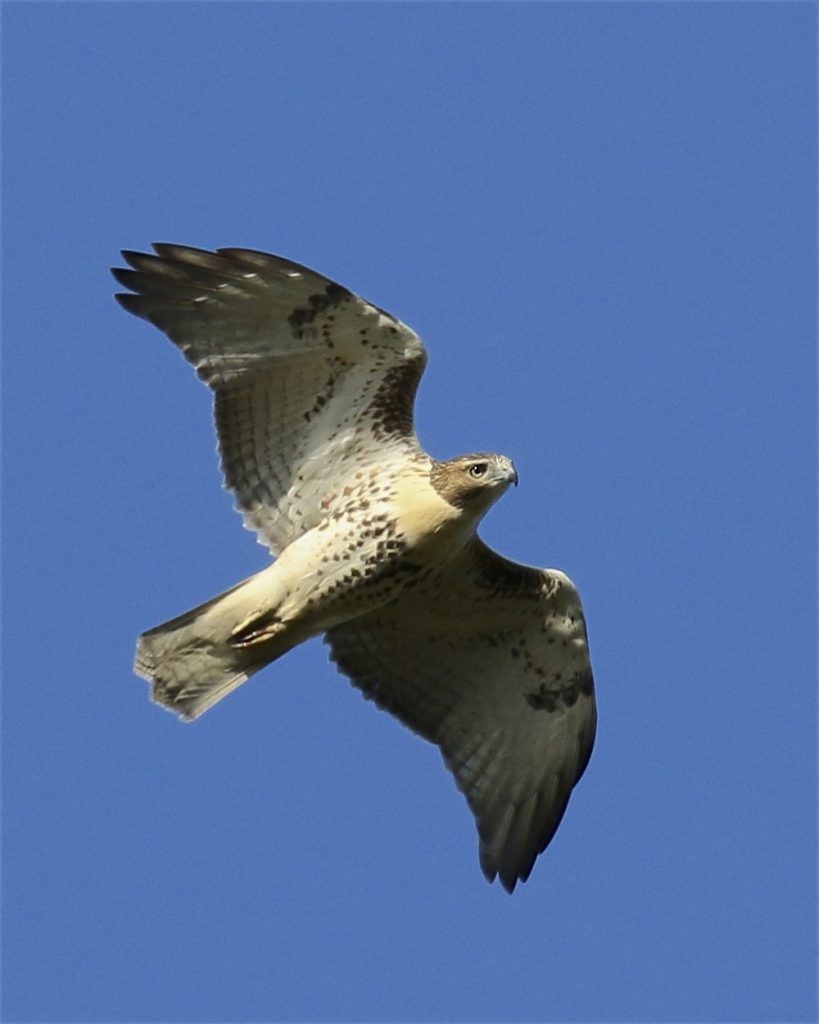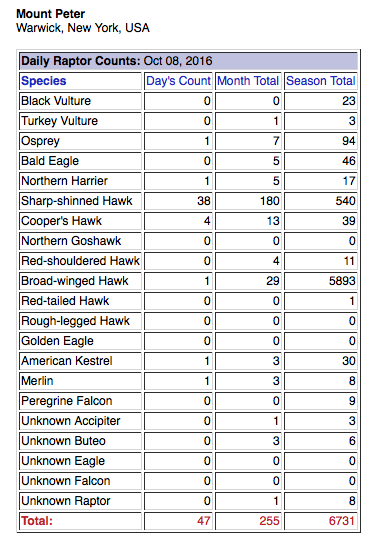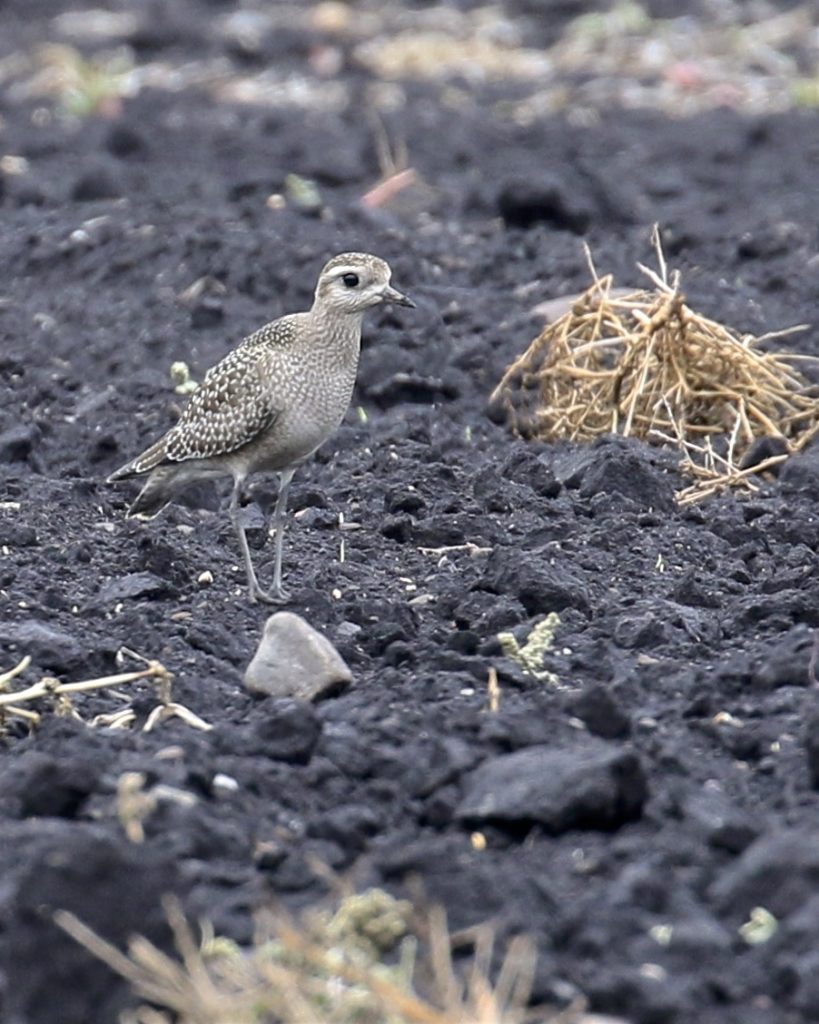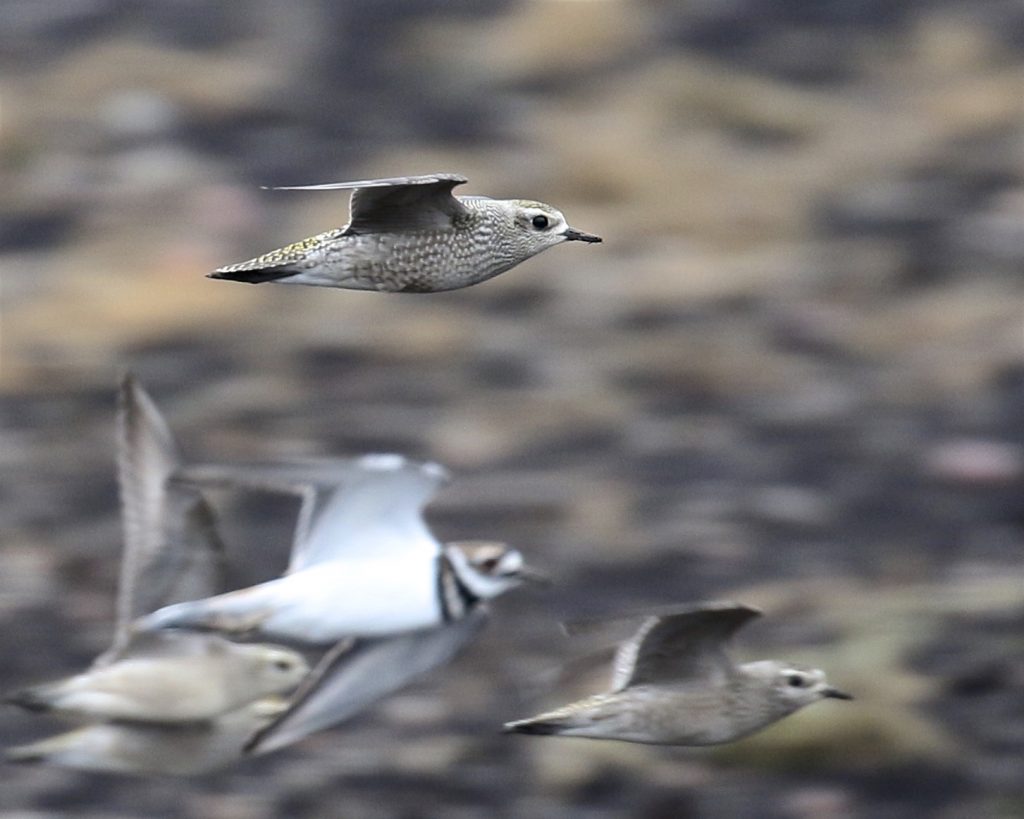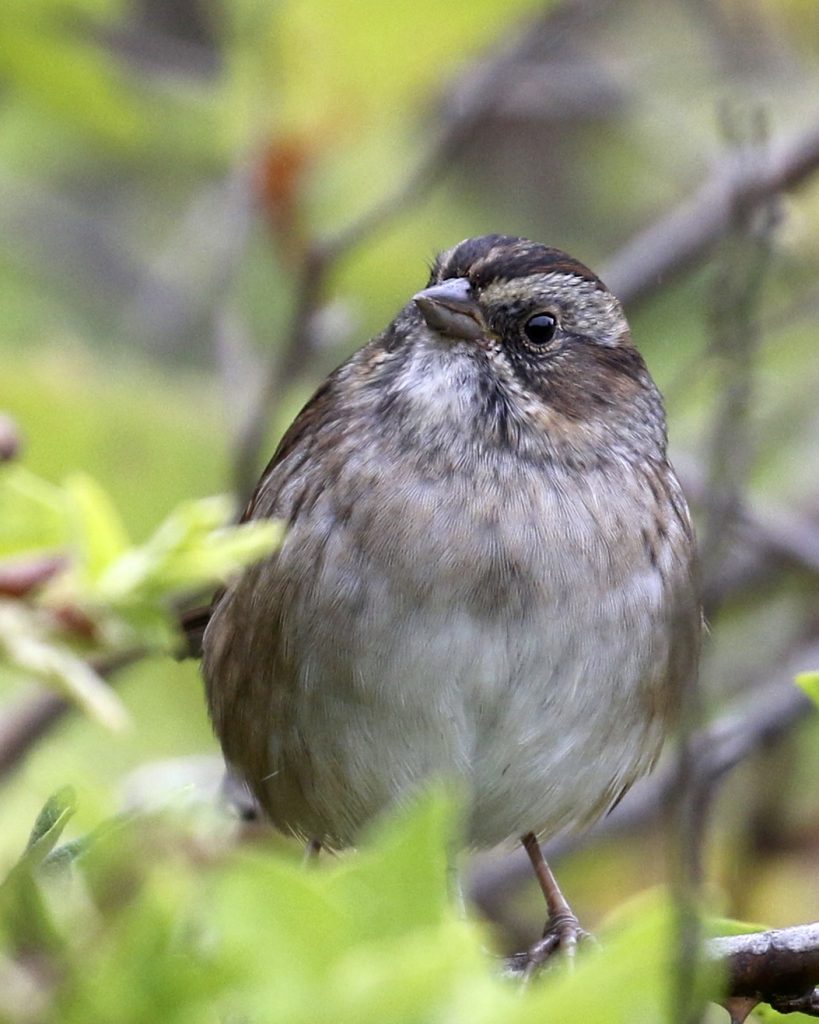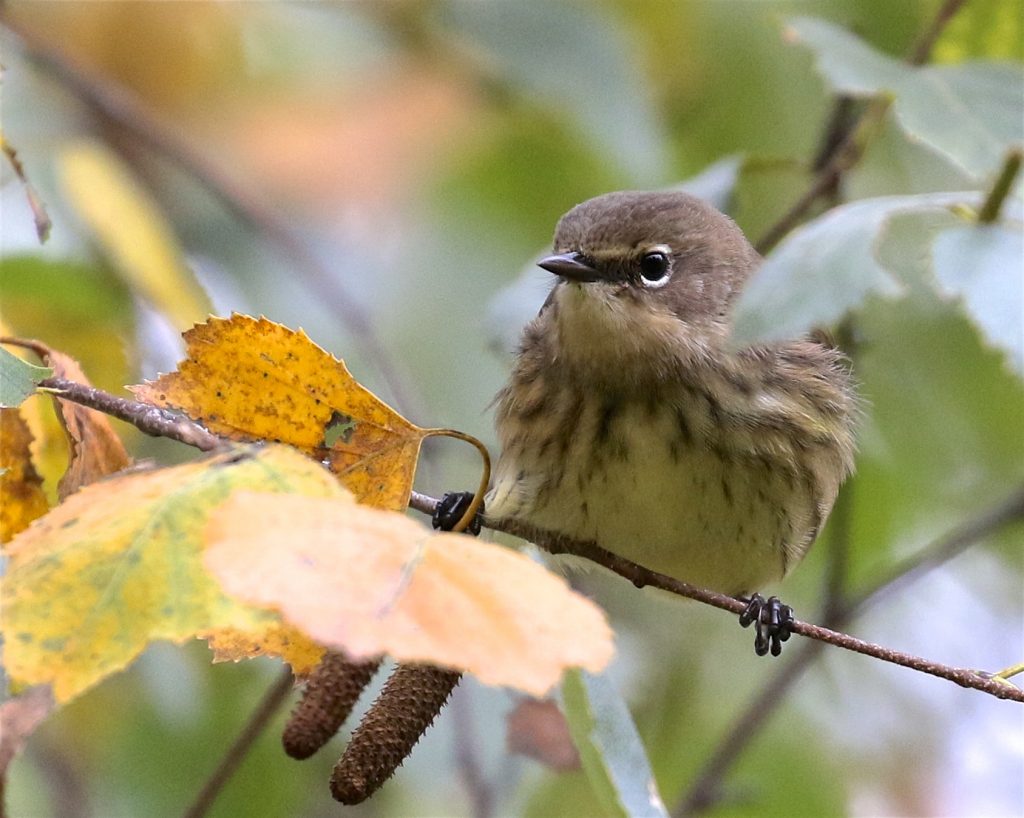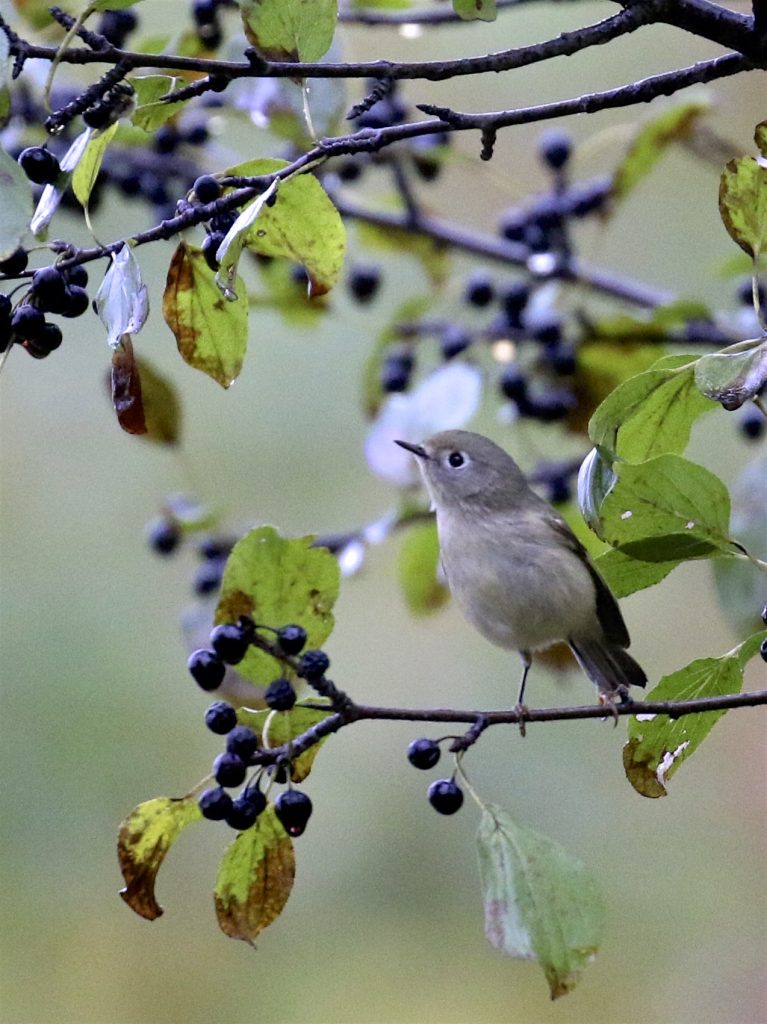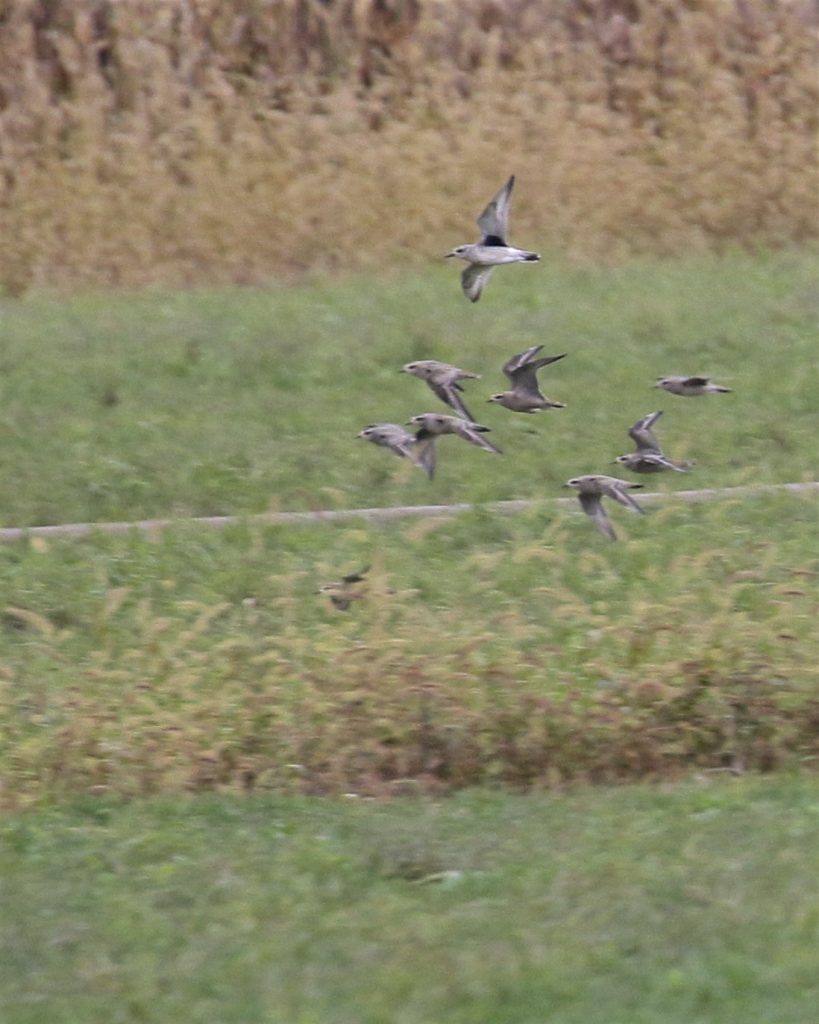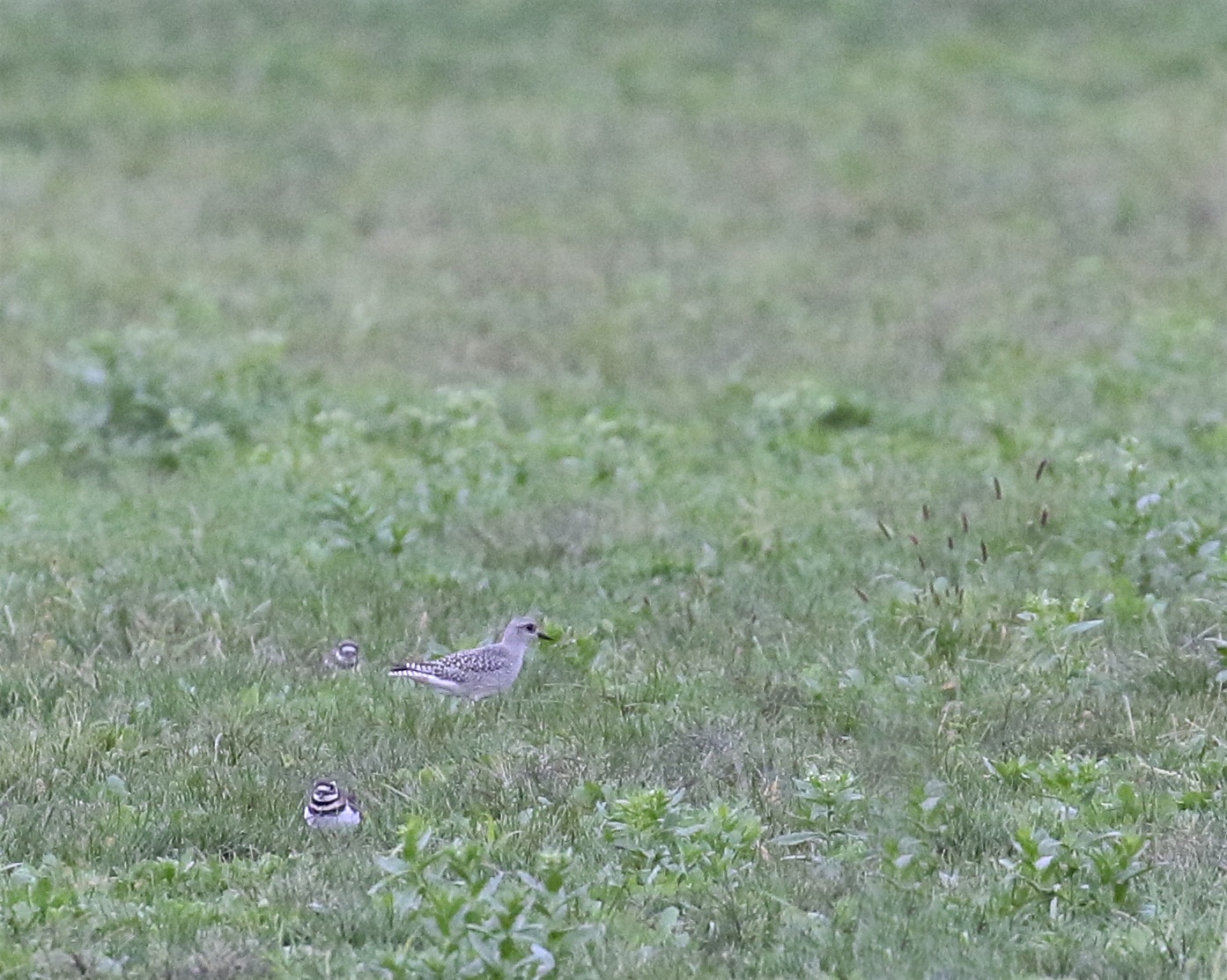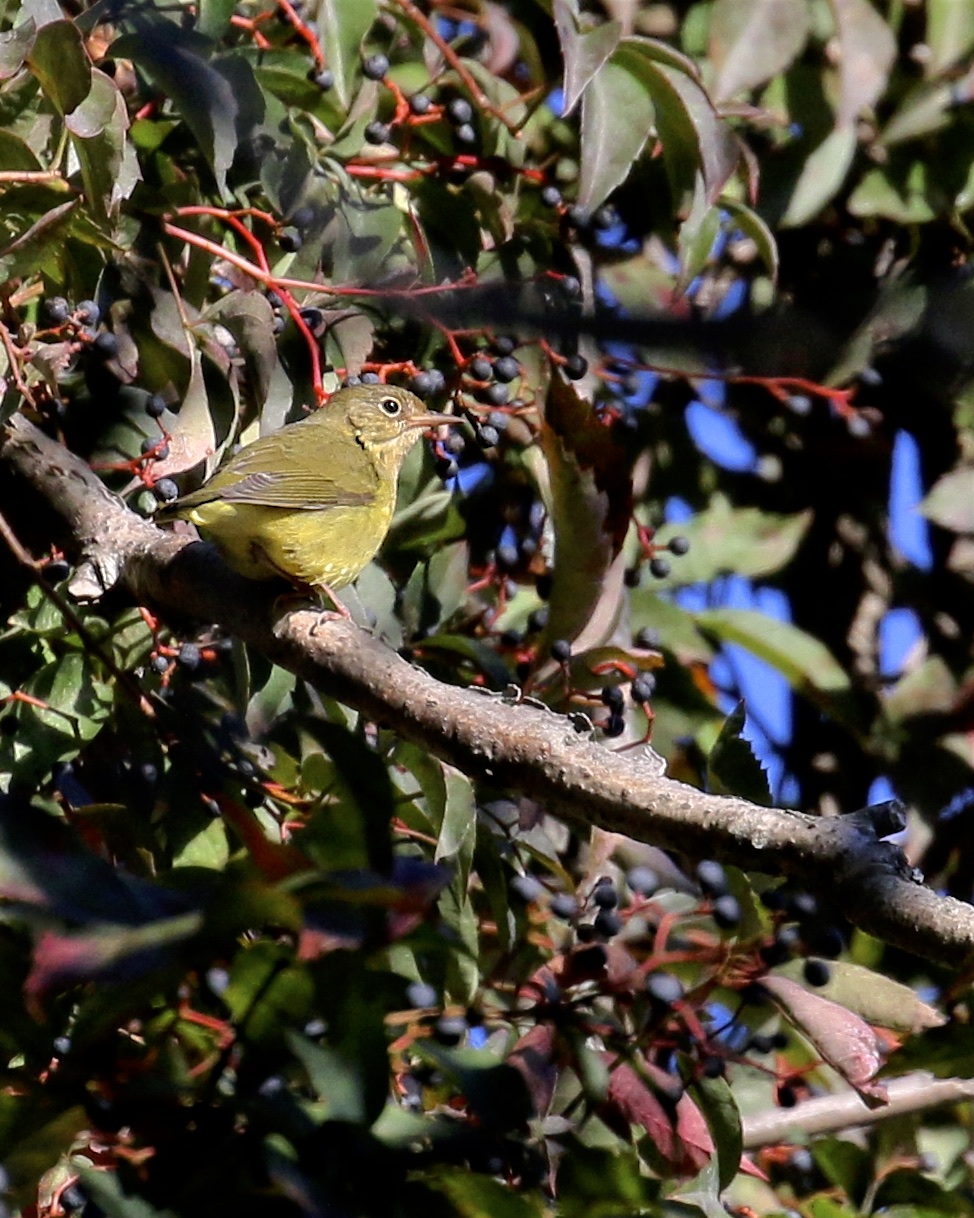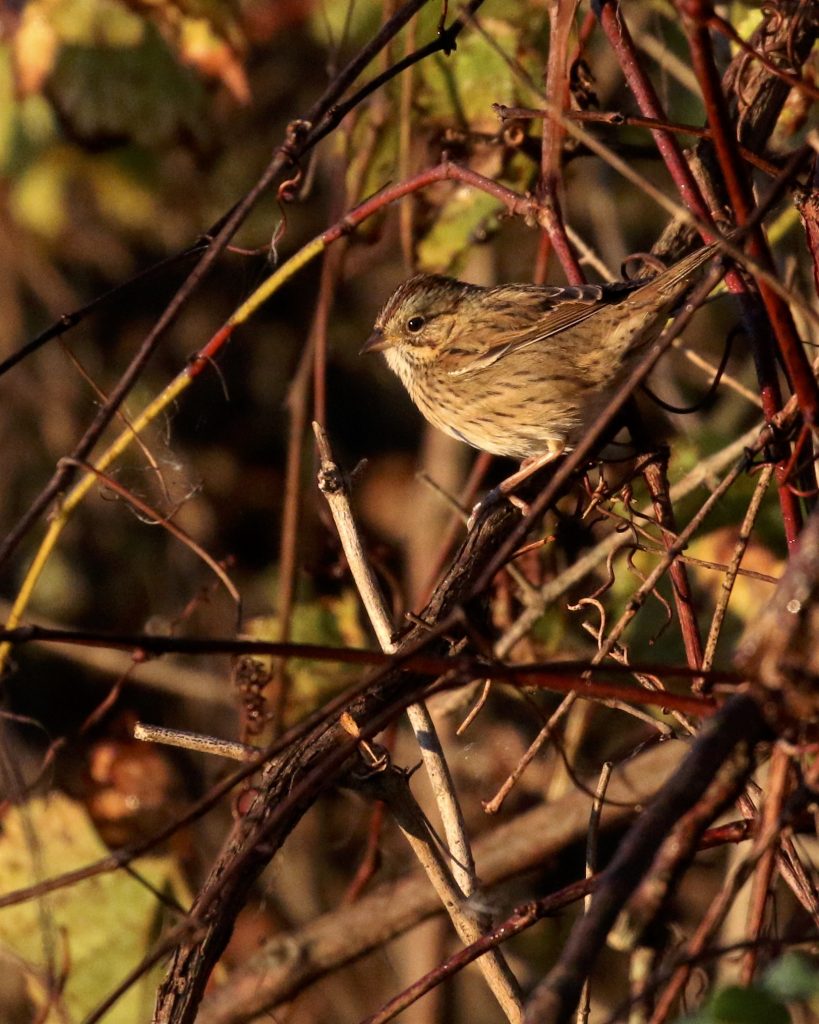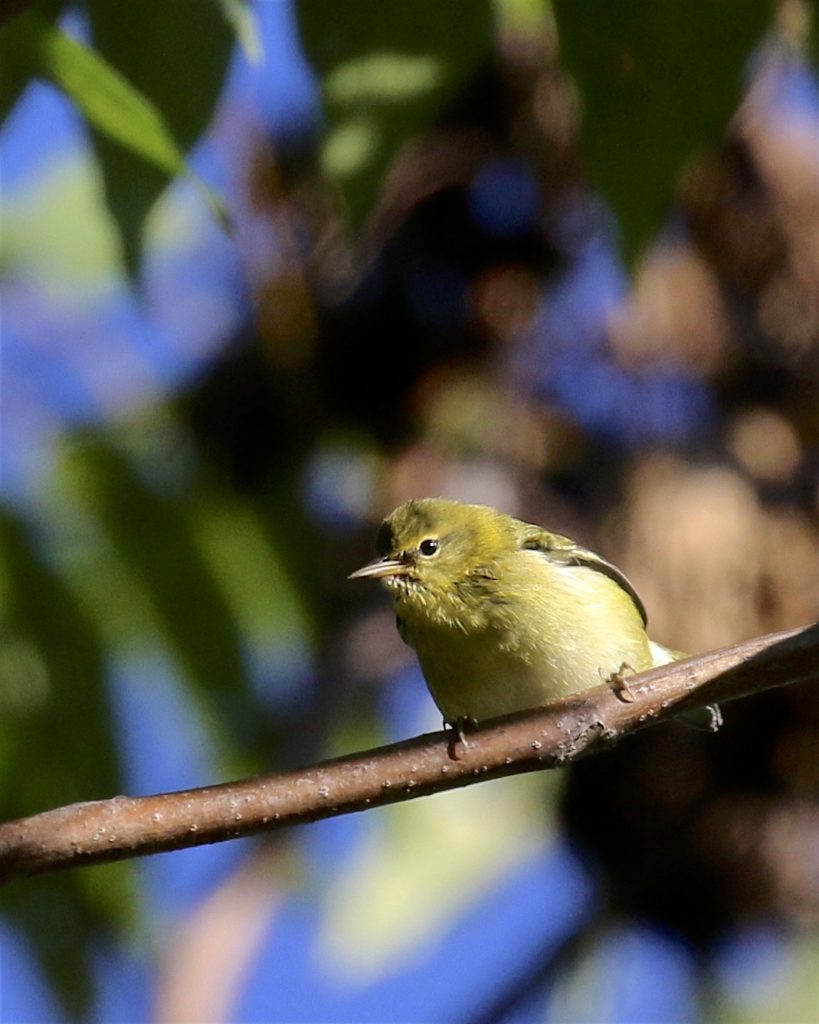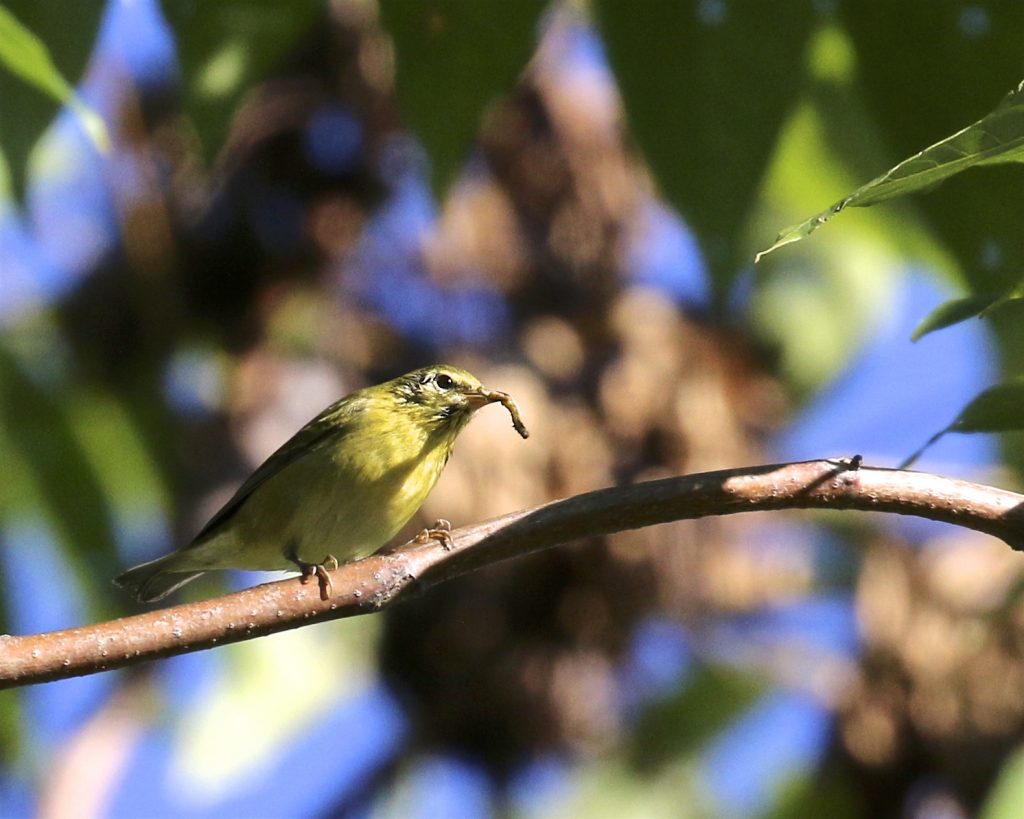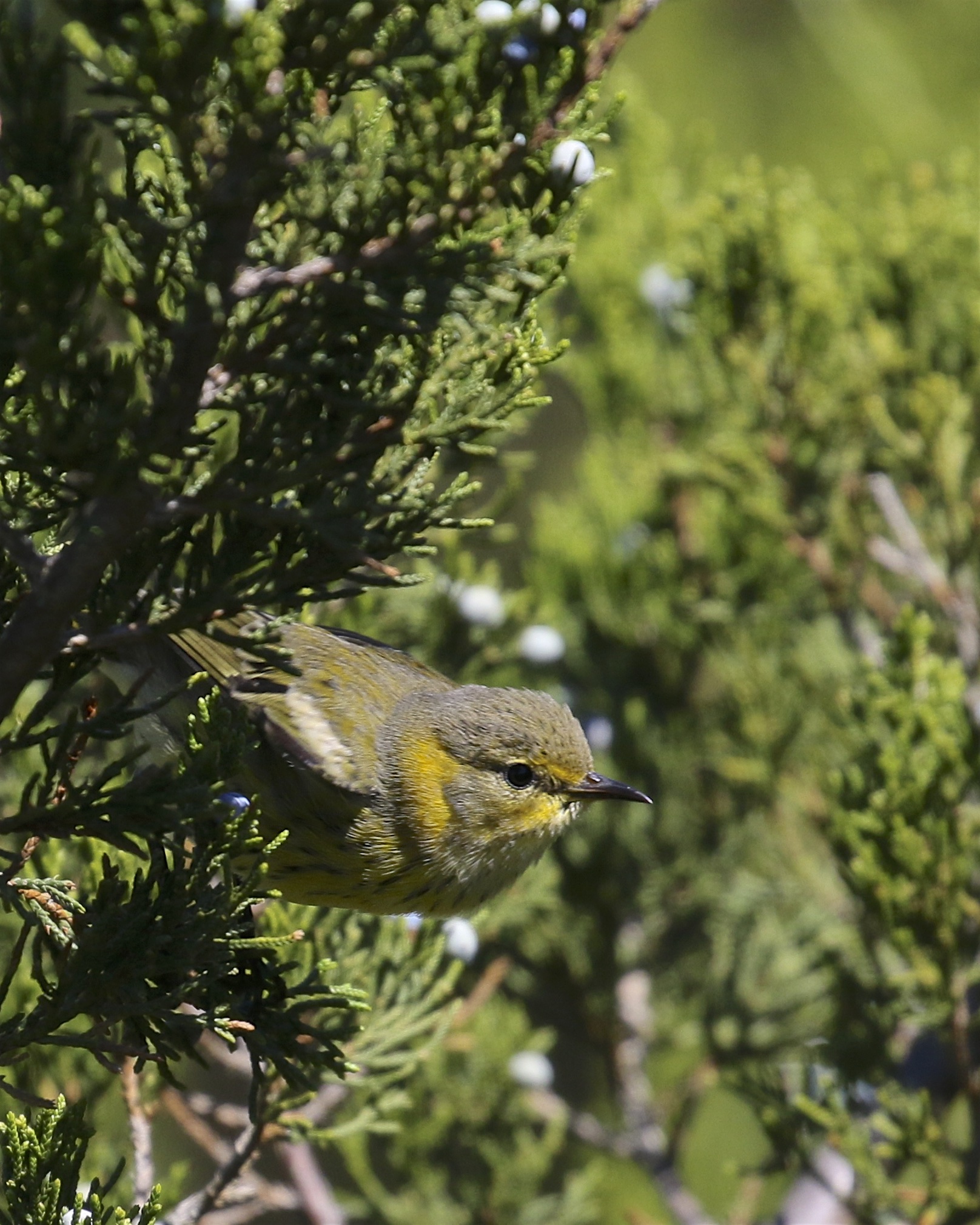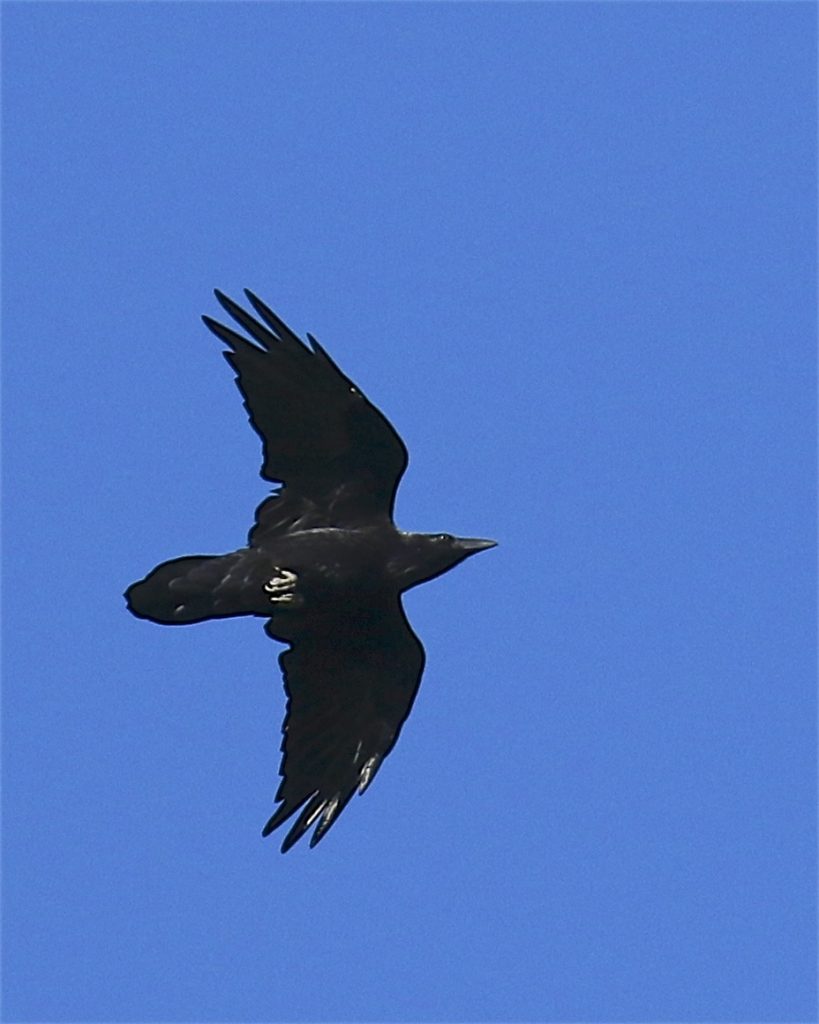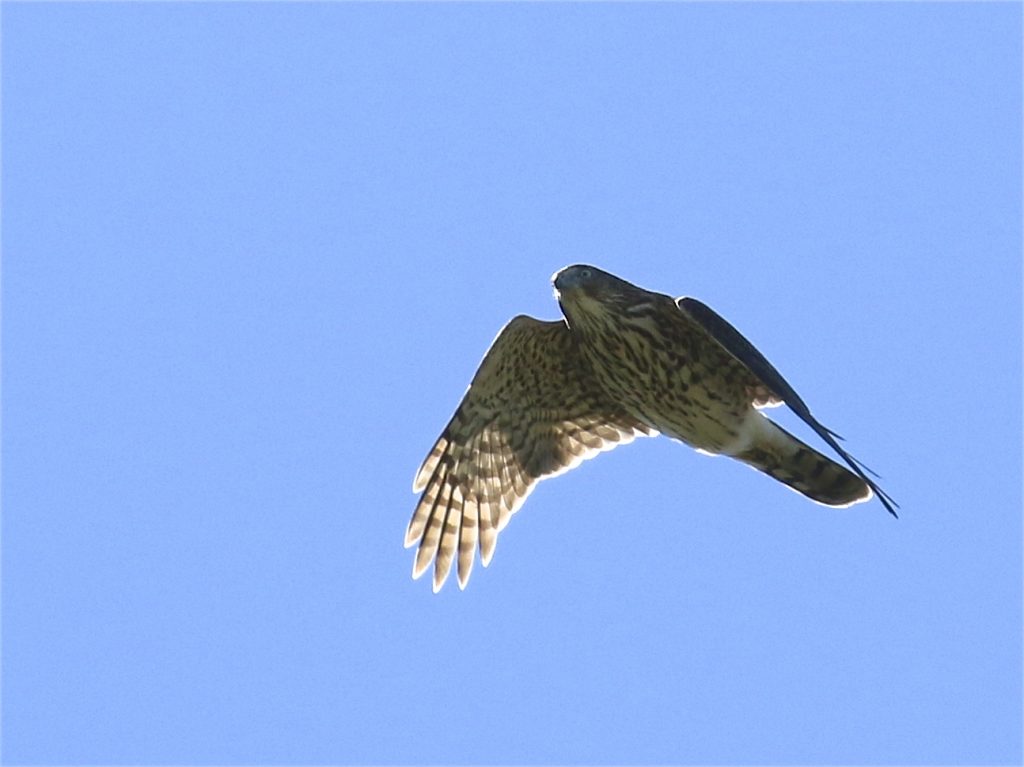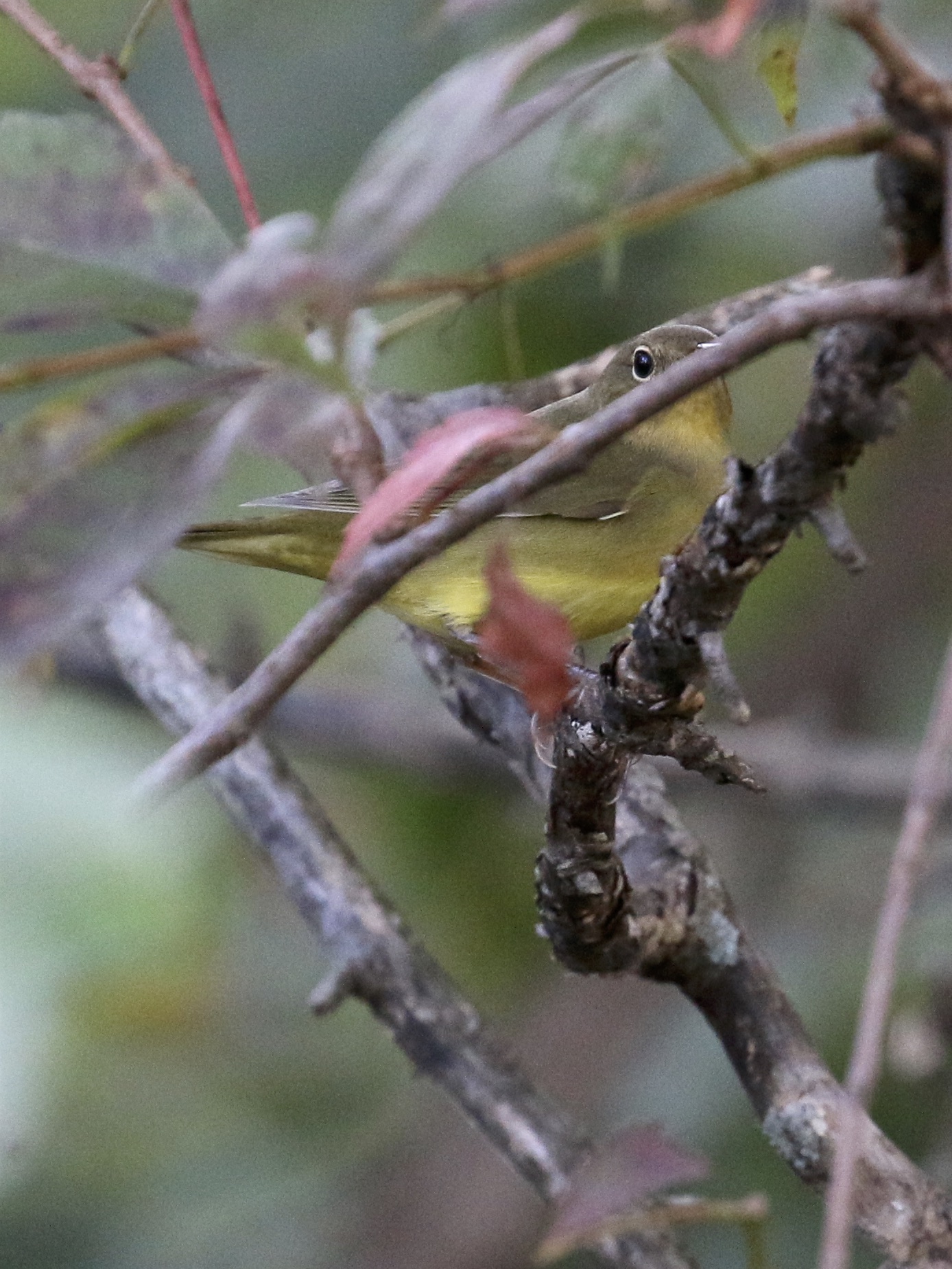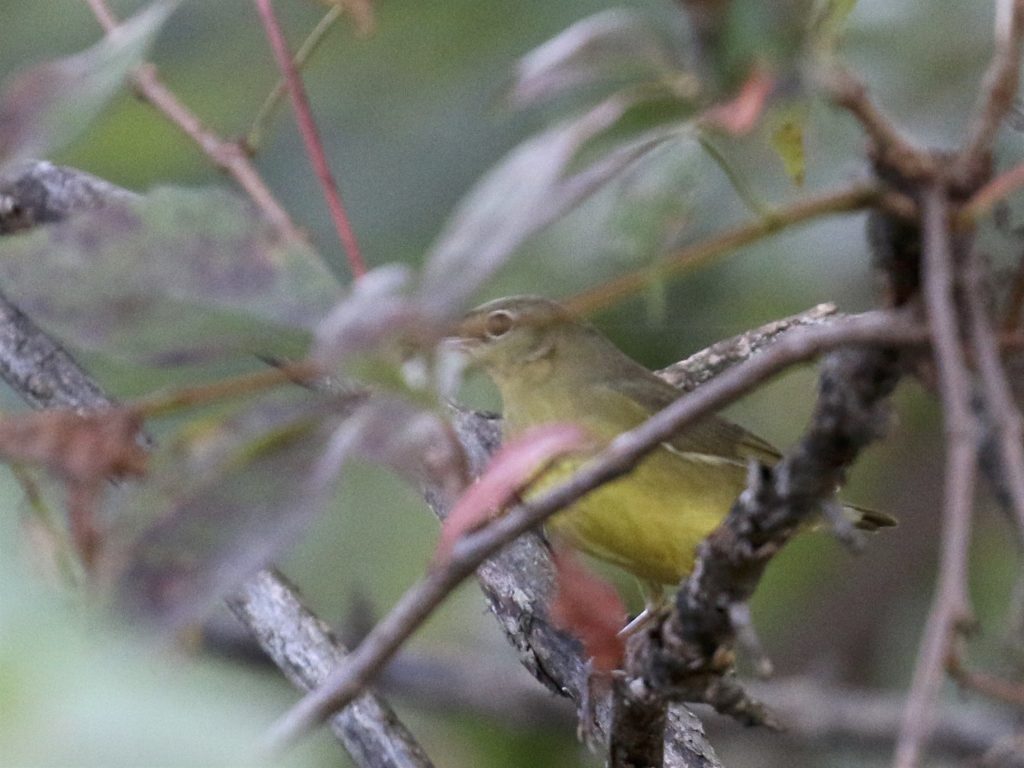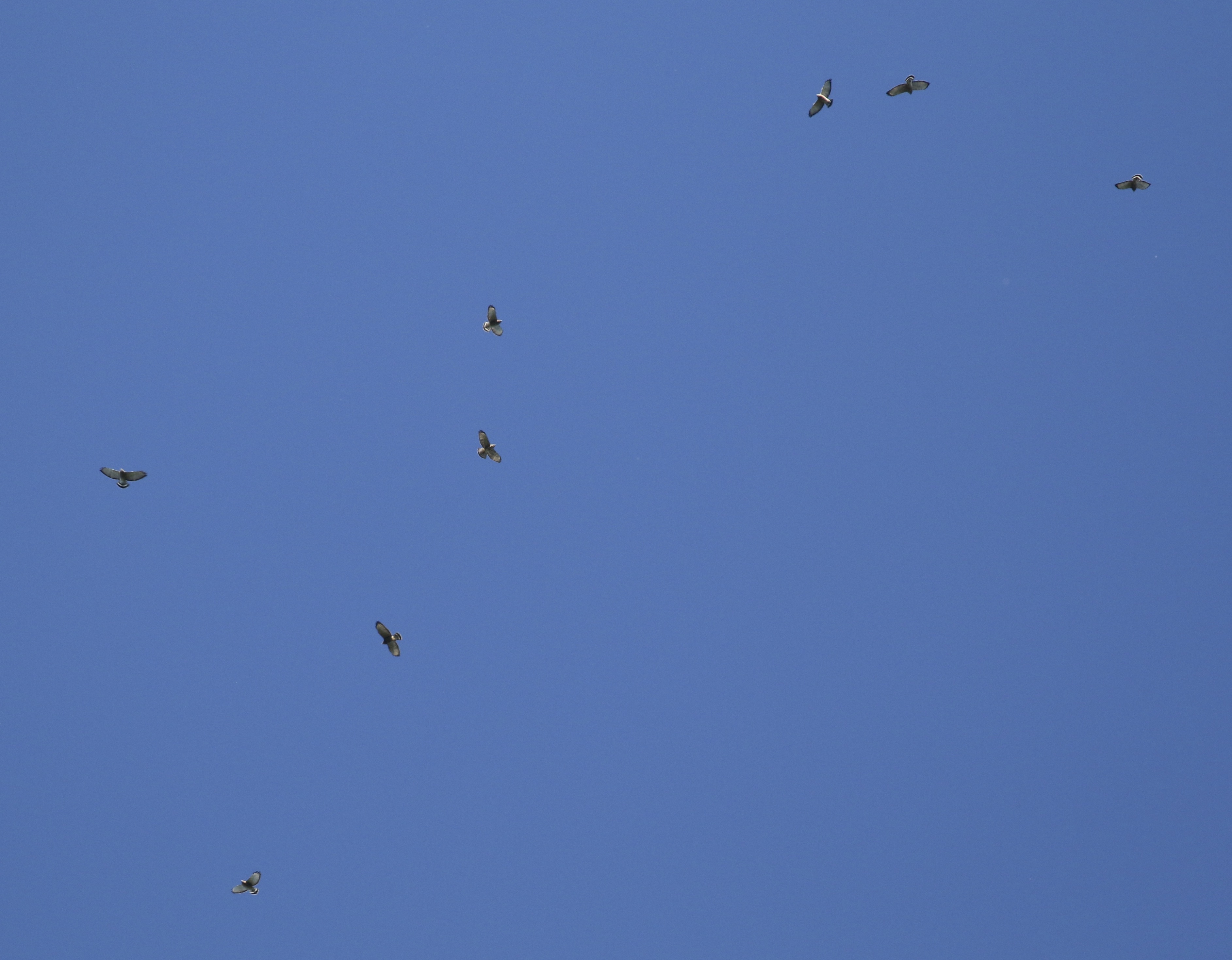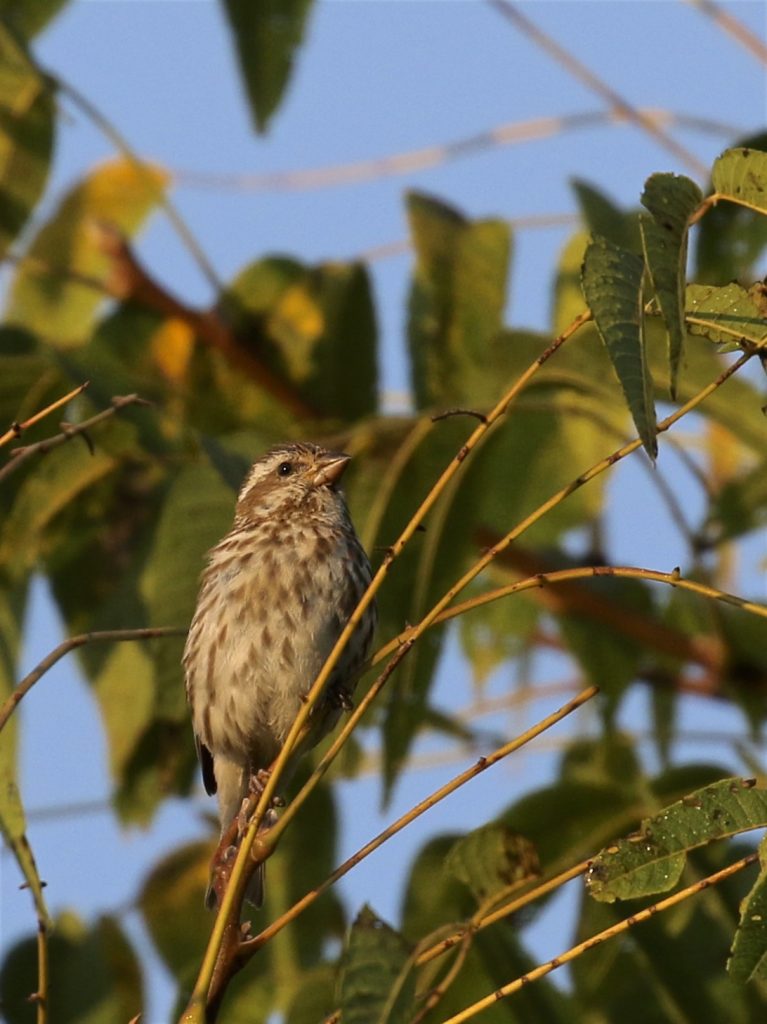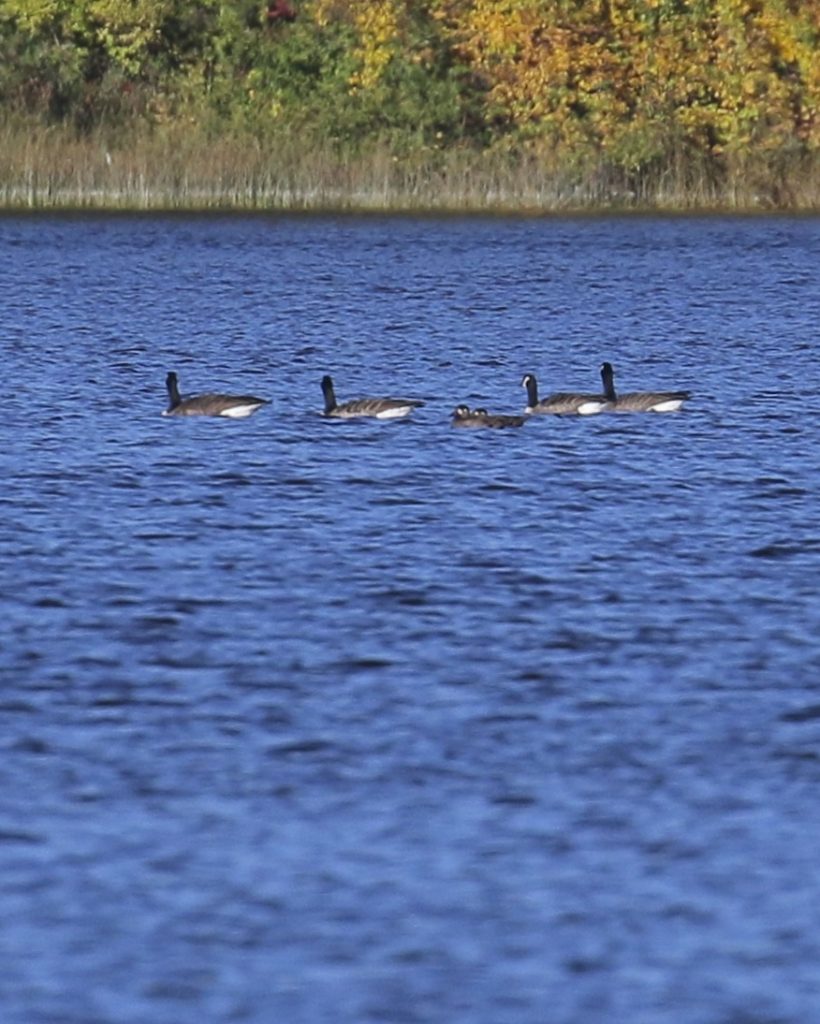
After work I went to Wickham Lake to see if any good waterfowl had moved in. I’d read a report from Scotty Baldinger that he and John Haas had 8 Black Scoters and one White-winged Scoter at Neversink Reservoir earlier in the day, so I was hoping for scoters as well. I located two scoters, very distant out on the lake. I did not have a guide book with me because I’d used Tricia’s car for birding over the weekend and forgotten it there. I did a quick google search and thought I came up with a good match with White-winged. I did my best to take some usable photos and I put the word out. Rob Stone went for the birds later in the evening and he was thinking the birds were more likely SURF SCOTERS. I checked my guides, and I sent my pics to Rob and John who both agreed that the birds were SUSCs. Here are some of the indicators – first, no white was seen on the wings (this is not conclusive because depending on how the bird is sitting in the water, a WWSC might not show any white on the wings). But, more importantly, the pattern of white on the face of the bird runs up and down; this is indicative of the straight edge of the bill of a Surf Scoter (for WWSC it projects forward due to the shape of its bill). And, also, the head has a dark capped look and has a more blocky appearance than WWSC. This is my 235th life bird in Orange County and number 206 on my OC year list. Thanks to Rob and John for helping out on this one!
Update: I forgot to include this last night when I posted – I wanted to mention quickly that this post is a bit of a milestone here at Orange Birding; it’s the 500th post! Here’s to 500 more!

